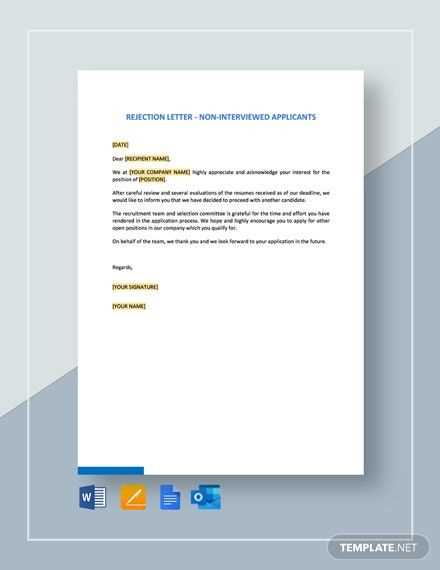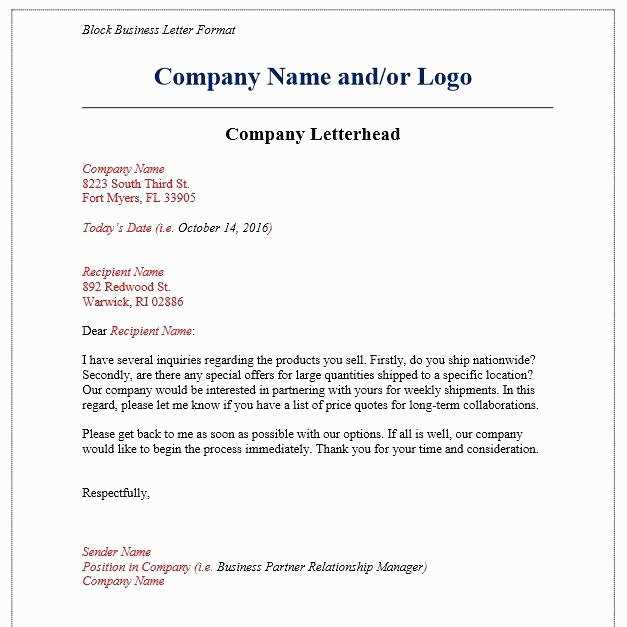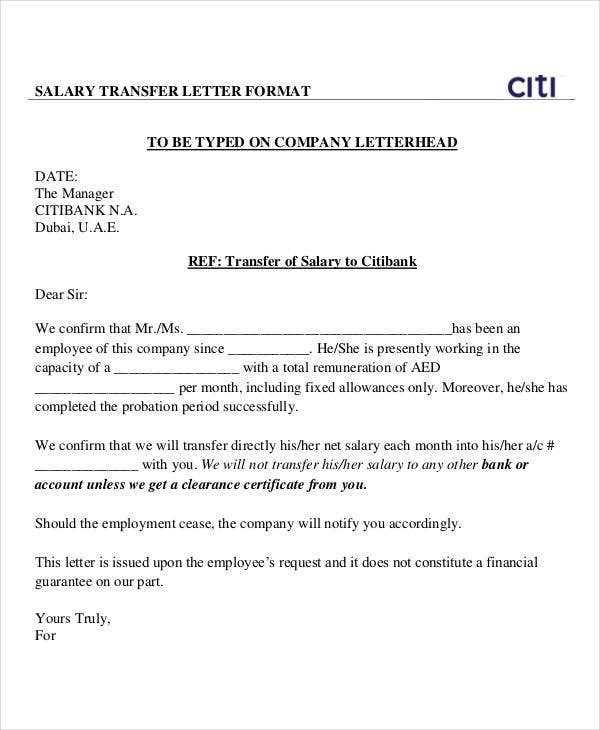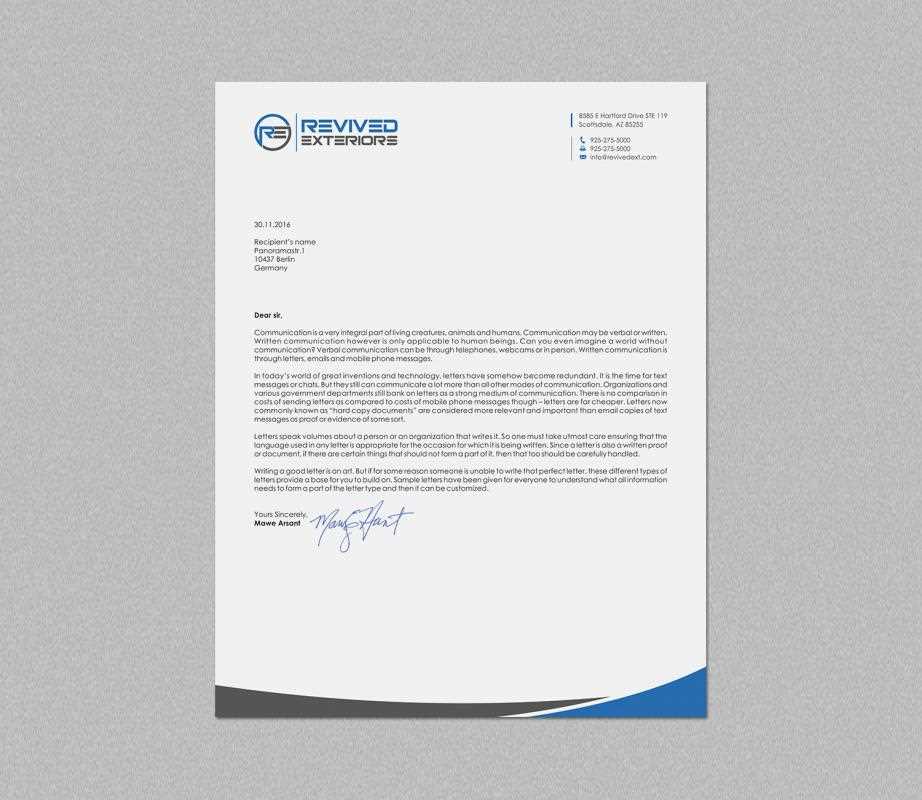Company Bonus Letter Template for Employee Rewards

When rewarding staff for their exceptional contributions, it’s important to communicate appreciation clearly and professionally. Crafting a formal acknowledgment of their achievements can motivate employees and reinforce positive behavior. This document is an essential tool in fostering a culture of recognition within an organization.
Crafting a Formal Acknowledgment
A well-structured communication expressing gratitude should include several key components. These include details about the individual’s achievements, the reason for their recognition, and the impact of their work. The tone should remain professional, yet personal, to convey sincerity.
Key Elements to Include
- Employee’s Name: Always address the recipient directly to maintain a personalized feel.
- Reason for Recognition: Clearly explain why the individual is being acknowledged.
- Specific Achievements: Highlight particular milestones or projects that contributed to their success.
- Gratitude and Appreciation: Express thanks for their hard work and dedication.
- Future Expectations: Encourage continued excellence and commitment.
Best Practices for Crafting the Document

To ensure the message resonates, make sure the language is straightforward and free of jargon. Avoid over-complicating the wording; the goal is to make the employee feel valued without confusion. Keep the communication brief but impactful, as overly long messages may lose their effectiveness.
Finalizing the Communication

Once the key points are established, proofread the document to ensure clarity and accuracy. A polished final version not only reflects professionalism but also demonstrates respect for the individual being recognized. A thoughtful acknowledgment will go a long way in reinforcing their sense of value within the team.
Importance of Recognition Documents in the Workplace
Acknowledging employee achievements with a formal written statement is a key part of fostering a positive work environment. It not only shows appreciation for hard work but also motivates others to perform at their best. These formal communications ensure that the value of the employee’s contributions is recognized and celebrated, creating a culture of appreciation across the organization.
How to Structure an Effective Recognition Communication
When drafting such a communication, it’s crucial to maintain a clear, professional structure. Start with a warm greeting, followed by a direct statement of the recognition. Include a brief explanation of the employee’s contributions, and conclude by reiterating appreciation. The overall tone should be sincere and tailored to the individual, ensuring the message feels personal while remaining professional.
Key Elements to Include in Your Communication

There are several key components that should always be included in an effective recognition message:
- Personal Address: Always direct the message to the individual by name, establishing a personal connection.
- Reason for Acknowledgment: Clearly state the reasons why the employee is being recognized, such as specific achievements or contributions.
- Appreciation: Express gratitude for their efforts and dedication, emphasizing the importance of their work.
- Future Motivation: End the message by encouraging continued excellence, which helps to foster long-term engagement and drive.
By following these guidelines, you can create a thoughtful and impactful communication that reinforces the employee’s sense of value within the team.